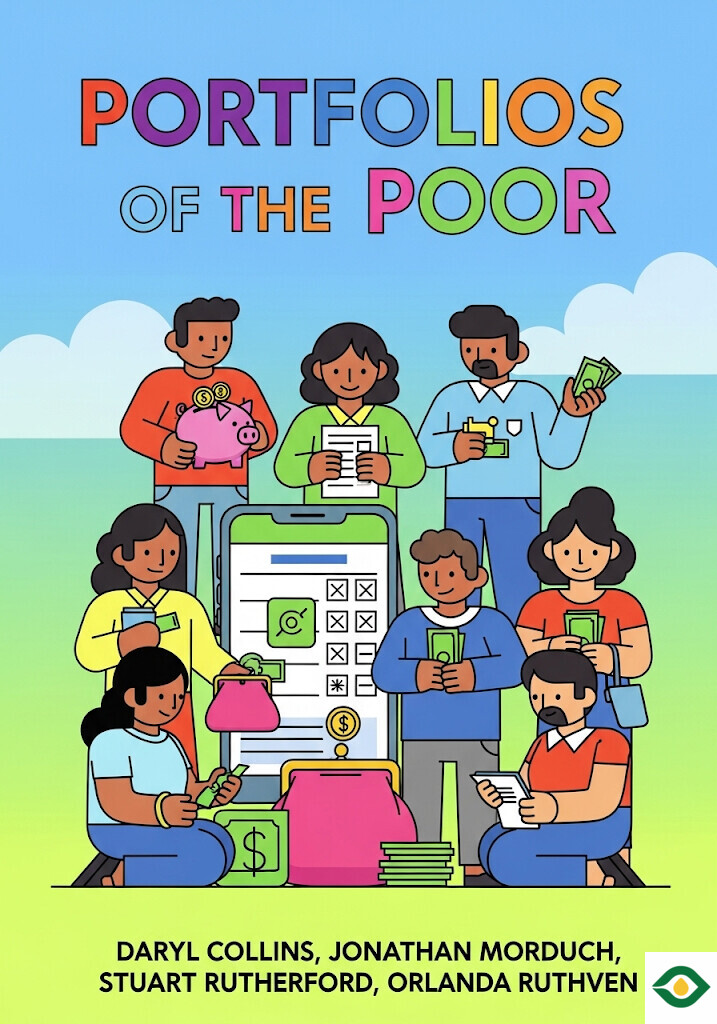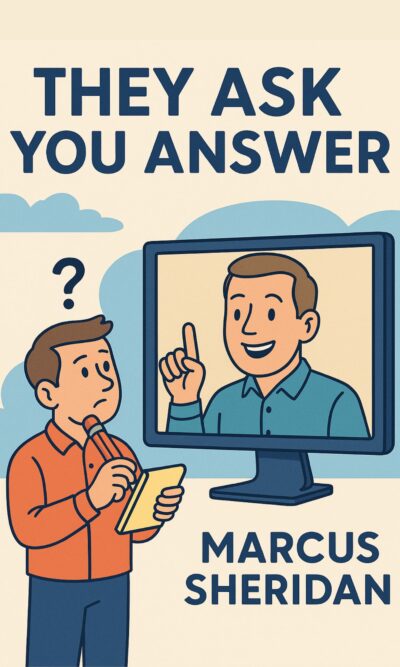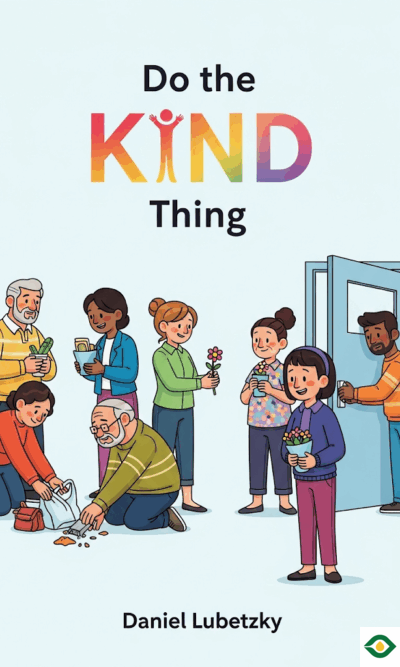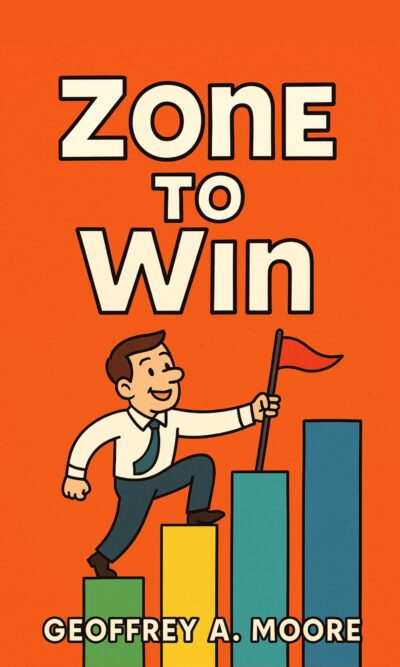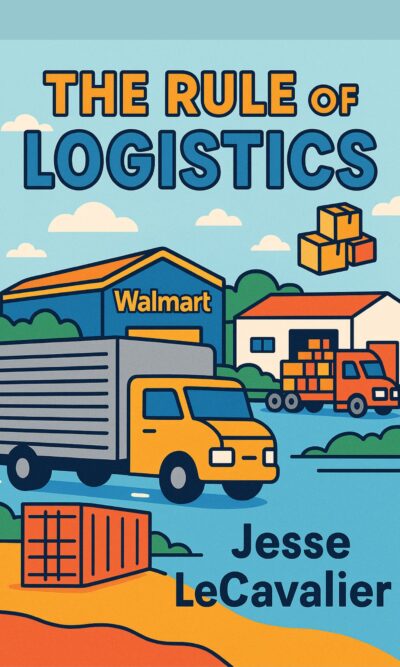Description
When we think of poverty, our first image is usually people who are helpless, desperate, and in need of endless donations. We imagine people living on less than two dollars a day as powerless, waiting for charities or outside help. But the truth is far more complex and surprising. Poverty is not simply about lacking money. It is about dealing with unstable income, unpredictable costs, and an ongoing struggle to make financial life work. And in that daily struggle, poor people show incredible creativity, discipline, and resilience that many wealthier individuals would find hard to match.
People living in poverty rarely have steady jobs that give them regular income. Instead, they deal with irregular bursts of money. A farmer may earn almost everything during harvest months, then face long stretches of very little income. A street vendor may earn well on busy days, but almost nothing when rain keeps customers away. A construction worker may find jobs for a few weeks, then be unemployed for months. Because of this, the idea of “living on two dollars a day” is misleading. The number might make sense as an average, but daily life is full of sharp ups and downs. That makes planning and money management much harder than outsiders realize.
Despite these challenges, poor people develop impressive systems to survive. Savings are one example. Even if income is tiny, many families manage to save a little money here and there. These savings may be kept in small hiding spots at home, or trusted to a neighbor, or stored with a local shopkeeper. Some families pool money with friends so that one person at a time can use the larger sum for something important, such as school fees, medical bills, or fixing a roof. These arrangements depend heavily on trust and strong social ties.
Because many people cannot read or write, financial commitments are often remembered and reinforced through conversations. A husband may tell his wife that he intends to save money for their child’s schooling and borrow from a neighbor to cover the gap. By speaking this plan out loud, the wife can help hold him accountable, reminding him of the goal and the promise. In this way, oral agreements take the place of written contracts, and social memory keeps the household on track.
Another key survival tool is cooperation. Communities living in poverty lean on one another constantly. It is common to see food shared, loans given, or small favors exchanged. If one person runs out of rice, a neighbor may lend some. If a family is short of cash, the local shopkeeper may allow them to take food on credit until they can pay later. These small acts of support keep families afloat during the hardest times. They also create webs of obligation and trust that tie communities together. People know that helping others today means they can expect help tomorrow.
Larger financial cooperation also exists. Microfinance institutions, such as community banks, lend small amounts of money to groups of poor borrowers. Because loans are made to groups, everyone is motivated to pay back on time, since the whole group’s reputation and future borrowing depends on it. This group system allows families who would never qualify for traditional bank loans to access small amounts of credit. With that credit, people can start small businesses, buy supplies, or handle emergencies.
Still, poverty is often misunderstood by outsiders. People in wealthy countries see the figure “one dollar per day” or “two dollars per day” and imagine a single global standard. But the truth is that poverty looks different in every place. Two dollars in rural Bangladesh buys much more than two dollars in New York City. Food, housing, medicine, and education cost different amounts across regions. Applying a single number to all poor people misses the deeper truth: irregular income, lack of safety nets, and the need to constantly juggle money.
Charities and international organizations often build their programs around such oversimplified measures. They set global standards and design one-size-fits-all projects. While the intentions are good, this approach often fails to grasp the realities of how poor people actually live and manage. A better understanding requires looking closely at daily life, at the flows of money, at the networks of support, and at the choices poor people make under pressure.
One clear improvement comes when poor people are given reliable financial services. Something as simple as a safe bank account can change everything. Without a bank, savings are at constant risk of theft or loss. With an account, money is safer and can be used more productively. Having a secure place to keep money also allows people to think more long-term, rather than worrying daily about hiding cash. In some countries, banks and governments have worked together to make accounts more widely available, and the results are powerful.
Professional organizations also add stability. Unlike informal loans or oral promises, banks and cooperatives create written contracts that hold everyone accountable. This adds a level of fairness and reduces disputes. When poor families can trust that their savings or investments are protected by law, they gain confidence to participate more actively in financial growth.
Even small improvements, like lowering transaction costs or making credit affordable, can have big effects. When fees are too high, the poor cannot participate. When interest rates are fair, however, small businesses can grow, and families can slowly build more security.
What the book teaches us is that poverty is not a story of helplessness. It is a story of constant adaptation. Poor families are some of the most skilled money managers in the world, not because they want to be, but because they have no choice. Every day they balance needs, borrow and lend, save and spend, often with remarkable ingenuity.
The big lesson for the rest of the world is humility. We should not assume that poor people lack ability or discipline. They often demonstrate more creativity in managing their financial lives than people with steady incomes and secure jobs. The real problem is not laziness or ignorance, but unstable income, lack of reliable financial services, and the dangers of living without safety nets.
For those who want to help, the message is clear: respect the systems poor people already use, learn from their strategies, and support them with tools that make their lives safer and more predictable. Offering secure savings, fair credit, and professional financial services may do more good than endless donations. Empowering people to manage their own resources is the path toward lasting change.
In the end, the poorest people are not passive victims. They are active, resourceful, and determined. They may have very little money, but they use every ounce of creativity to make life work. By understanding their daily choices, we gain not only respect for their resilience but also insights that can inspire us to value our own stability more deeply.

